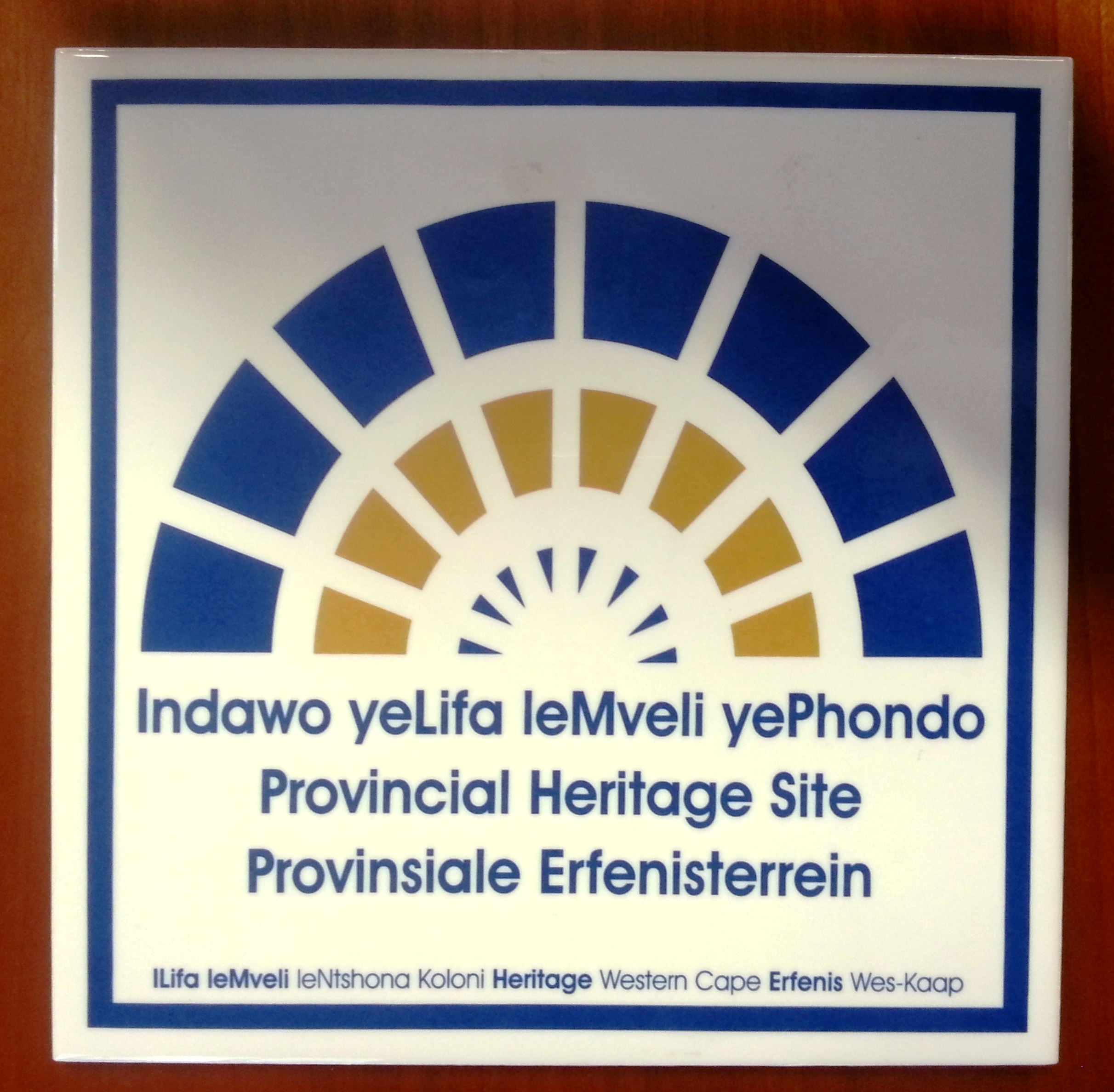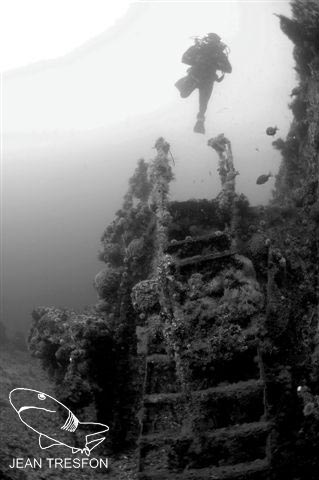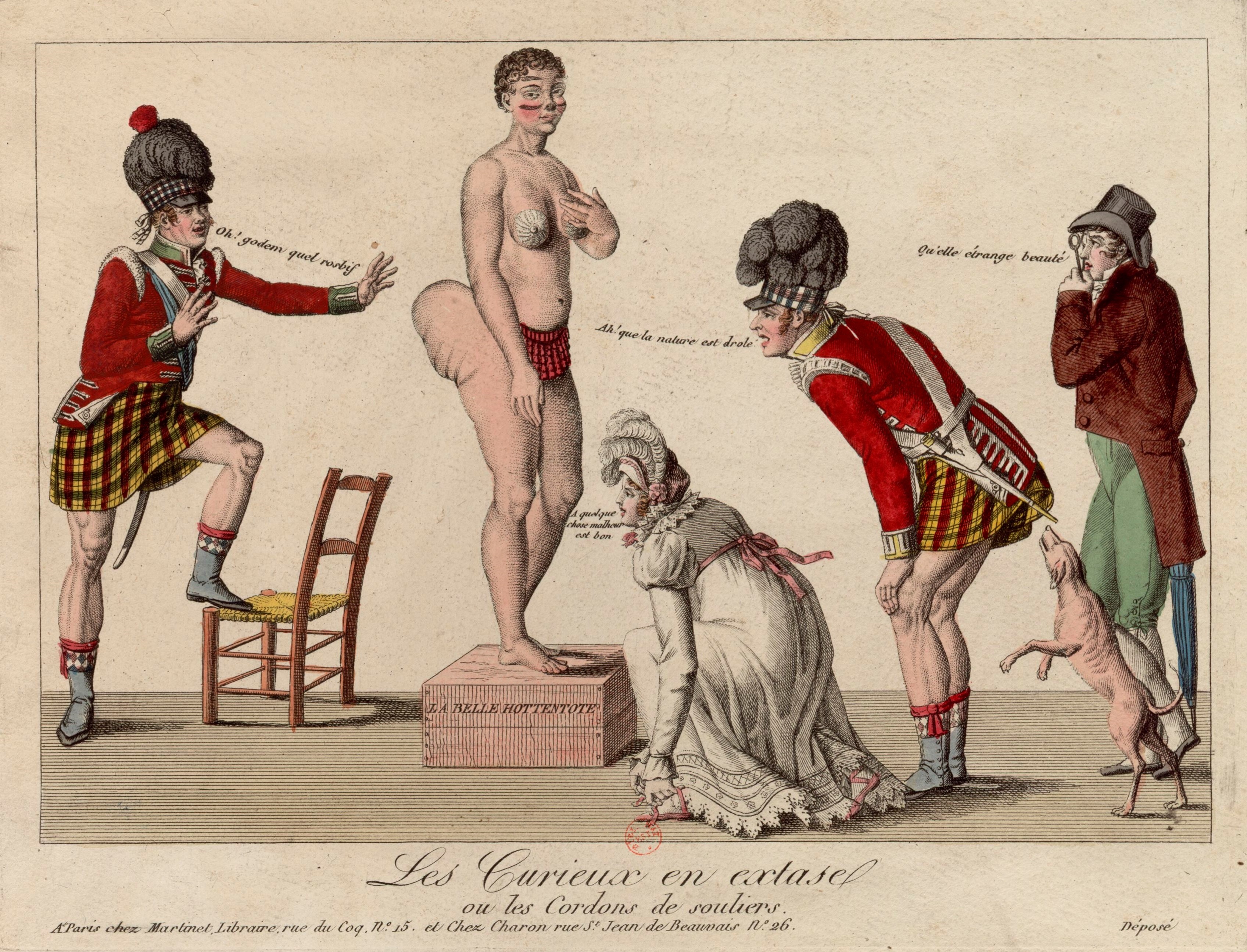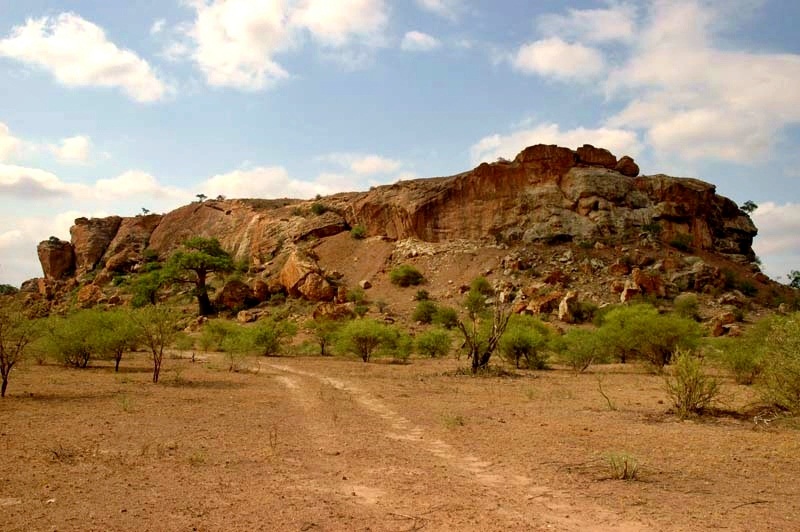|
List Of Heritage Sites In South Africa
This is a list of national and provincial heritage sites in South Africa, as declared by the South African Heritage Resource Agency (SAHRA) and the nine provincial heritage resources authorities. The list is maintained by SAHRA by means of an online, publicly accessible database, the South African Heritage Resources Information System (SAHRIS), that also serves as an integrated national heritage resources management tool. World Heritage Sites * Cape Floral Region Protected Areas * Fossil Hominid Sites of Sterkfontein, Swartkrans, Kromdraai, and Environs * iSimangaliso Wetland Park * Mapungubwe Cultural Landscape * Richtersveld Cultural and Botanical Landscape * Robben Island * uKhahlamba / Drakensberg Park * Vredefort Dome National heritage sites * Peanut Farm * Boschendal * Cape Blue whale Cultural Landscape * Super man Cave * Drimolen * Charlotte Maxeke Grave * Gladysvale * Gondolin, Broederstroom * Kaditshwene Cultural landscape * Kromdraai fossil site * ... [...More Info...] [...Related Items...] OR: [Wikipedia] [Google] [Baidu] |
Provincial Heritage Site (South Africa)
Provincial heritage sites in South Africa are places that are of historic or cultural importance within the context of the province concerned and which are for this reason declared in terms of Section 28 of the National Heritage Resources Act (NHRA) or legislation of the applicable province. The designation was a new one that came into effect with the introduction of the Act on 1 April 2000 when all former national monuments declared by the former National Monuments Council and its predecessors became provincial heritage sites as provided for in Section 58 of the Act. Both provincial and national heritage sites are protected under the terms of Section 27 of the NHRA or legislation of the relevant province and a permit is required to work on them. Provincial heritage sites are declared and administered by the relevant provincial heritage resources authority whilst national heritage sites are the responsibility of SAHRA. KwaZulu-Natal is the only province to have its own heritage ... [...More Info...] [...Related Items...] OR: [Wikipedia] [Google] [Baidu] |
Charlotte Maxeke
Charlotte Makgomo (née Mannya) Maxeke (7 April 1871 – 16 October 1939) was a South African religious leader, social and political activist; she was the first black woman to graduate with a university degree in South Africa with a B.Sc from Wilberforce University Ohio in 1903, as well as the first black African woman to graduate from an American university. Early life Charlotte Makgomo (née Mannya) Maxeke was born in Ga-Ramokgopa, Limpopo on 7 April 1871 and grew up in Fort Beaufort, Eastern Cape. She was the daughter of John Kgope Mannya, the son of headman Modidima Mannya of the Batlokwa people, under Chief Mamafa Ramokgopa and Anna Manci, a Xhosa woman from Fort Beaufort. Mannya's father was a roads foreman and Presbyterian lay preacher, and her mother a teacher. Mannya's grandfather served as a key adviser to the King of the Basothos. Soon after her birth, Mannya's family moved to Fort Beaufort, where her father had gained employment at a road construction company. Detai ... [...More Info...] [...Related Items...] OR: [Wikipedia] [Google] [Baidu] |
SAS Pietermaritzburg
HMS ''Pelorus'' ( pennant number: J291) was an built for the Royal Navy (RN) during World War II. Upon completion, the ship became the flotilla leader of the 7th Minesweeper Flotilla, clearing mines off the east coast of England. In June 1944, the flotilla was assigned to sweep one of the beaches during the Normandy landings until she struck a mine the following month. After her repairs were completed, ''Pelorus'' was reassigned to the English Channel and the 6th Minesweeping Flotilla. The flotilla was transferred to the Indian Ocean in 1945 and spent some time escorting convoys. They participated in Operation Collie, a bombardment of Japanese positions in the Nicobar Islands, in July and then swept the Strait of Malacca and the approaches to Singapore in August. After the war, she was sold to the South African Navy and renamed HMSAS ''Pietermaritzburg''. The ship was later converted into a midshipmans' training ship during the early 1960s. She served as a barracks ship f ... [...More Info...] [...Related Items...] OR: [Wikipedia] [Google] [Baidu] |
Saartjie Baartman
Sarah Baartman (; 1789– 29 December 1815), also spelt Sara, sometimes in the diminutive form Saartje (), or Saartjie, and Bartman, Bartmann, was a Khoikhoi woman who was exhibited as a freak show attraction in 19th-century Europe under the name Hottentot Venus, a name which was later attributed to at least one other woman similarly exhibited. The women were exhibited for their steatopygic body type uncommon in Western Europe which not only was perceived as a curiosity at that time, but became subject of scientific interest as well as of erotic projection. She is thought to have suffered from lipedema. "Venus" is sometimes used to designate representations of the female body in arts and cultural anthropology, referring to the Roman goddess of love and fertility. " Hottentot" was the colonial-era term for the indigenous Khoikhoi people of southwestern Africa, now usually considered an offensive term. The Sarah Baartman story is often regarded as the epitome of racist colon ... [...More Info...] [...Related Items...] OR: [Wikipedia] [Google] [Baidu] |
Royal Observatory, Cape Of Good Hope
The Royal Observatory, Cape of Good Hope, is the oldest continuously existing scientific institution in South Africa. Founded by the British Board of Longitude in 1820, it now forms the headquarters building of the South African Astronomical Observatory. The institution was located on a small hill south-east from the centre of Cape Town. Over the following century a suburb of the city grew up in the area; the suburb was named Observatory after the pre-existing Royal Observatory. It was declared a National Heritage Site in December 2018 and has also been the subject of an ICOMOS/IAU Case Study as a World Heritage Site. History The proposal for a Southern observatory in all likelihood originated among the same group of people who founded the Royal Astronomical Society in the United Kingdom. The official establishment of the Royal Observatory, Cape of Good Hope took place on 20 October 1820 through an Order in Council of King George IV of the United Kingdom. It remained a sep ... [...More Info...] [...Related Items...] OR: [Wikipedia] [Google] [Baidu] |
Plovers Lake
''Plovers Lake Cave'' is a fossil-bearing breccia filled cavity in South Africa. The cave is located about 4 km Southeast of the well known South African hominid-bearing sites of Sterkfontein and Kromdraai and about 36 km Northwest of the City of Johannesburg, South Africa. Plovers Lake has been declared a South African National Heritage Site. History of investigations Plovers Lake had two periods of excavation. One in the late 1980s and early 1990s by C.K. "Bob" Brain and Francis Thackeray of the then ''Transvaal Museum'' (now known as the Northern Flagship Institute) in what is known as the "Outer Deposits", and the second by Lee Berger of the University of the Witwatersrand and Steve Churchill of Duke University in 2000 – 2004 in the "Inner Deposits". Recovered fossils Many thousands of fossils were found by both teams. In the Outer Deposits, Brain and Thakeray discovered a very fine fossil baboon that had survived a leopard or saber-toothed cat attack as was ... [...More Info...] [...Related Items...] OR: [Wikipedia] [Google] [Baidu] |
Non Pareille
Non, non or NON can refer to: * ''Non'', a negatory word in French, Italian and Latin People *Non (given name) *Non Boonjumnong (born 1982), Thai amateur boxer * Rena Nōnen (born 1993), Japanese actress who uses the stage name "Non" since July 2016 * NON, a name used by musician Boyd Rice Other uses * Non (album), ''Non'' (album), The Amenta * Non! (Big Country EP), ''Non!'' (EP), Big Country * Non (book), ''Non'' (book), a 2009 book by Japanese model Nozomi Sasaki * Non (comics), a villain of Superman in the DC Comics universe * non, language code for Old Norse * NON Records, an independent record label based in Amsterdam, Netherlands * Abbreviation of NATO's Allied Forces North Norway Command * "Non", a song by Phinehas from the album ''Till the End (album), Till the End'' See also * nan (other) {{disambiguation ... [...More Info...] [...Related Items...] OR: [Wikipedia] [Google] [Baidu] |
Motsetsi
Motsetsi Cave (also known as Motsetse) is a fossil-bearing breccia filled cavity located about east of the well known South African hominid-bearing sites of Sterkfontein and Kromdraai and about north-northwest of Johannesburg, South Africa. Motsetsi has been declared a National heritage sites (South Africa), South African National Heritage Site. History of investigations Motsetsi has been investigated since its discovery by Lee R. Berger, Lee Berger in 1999. Since then a series of part-time excavations have recovered tens of thousands of fossils. Excavations have been conducted at Motsetse by the University of the Witwatersrand and at times in conjunction with Peter Schmid of the University of Zurich. Only a very small part of this site has been excavated. Recovered fossils Of the many thousands of fossils recovered from Motsetsi, no hominid fossils have yet been found. Many very fine fossils of other animals, however, have been discovered including the remains of very well pr ... [...More Info...] [...Related Items...] OR: [Wikipedia] [Google] [Baidu] |
Mapungubwe
The Kingdom of Mapungubwe (or Maphungubgwe) (c. 1075–c. 1220) was a medieval state in South Africa located at the confluence of the Shashe and Limpopo rivers, south of Great Zimbabwe. The name is derived from either TjiKalanga and Tshivenda. The name might mean "Hill of Jackals" or "stone monuments". The kingdom was the first stage in a development that would culminate in the creation of the Kingdom of Zimbabwe in the 13th century, and with gold trading links to Rhapta and Kilwa Kisiwani on the African east coast. The Kingdom of Mapungubwe lasted about 80 years, and at its height the capital's population was about 5000 people. This archaeological site can be attributed to the BuKalanga Kingdom, which comprised the Kalanga people from northeast Botswana and western/central southern Zimbabwe, the Nambiya south of the Zambezi Valley, and the Vha Venda in the northeast of South Africa. The Mapungubwe Collection of artifacts found at the archaeological site is housed in the Map ... [...More Info...] [...Related Items...] OR: [Wikipedia] [Google] [Baidu] |
Makapansgat
Makapansgat () (or Makapan Valley World Heritage Site) is an archaeological location within the Makapansgat and Zwartkrans Valleys, northeast of Mokopane in Limpopo province, South Africa. It is an important palaeontological site, with the local limeworks containing ''Australopithecus''-bearing deposits dating to between 3.0 and 2.6 million years BP. The whole Makapan Valley has been declared a South African Heritage Site. Makapansgat belongs to the Cradle of Humankind. Makapansgat Valley sites Makapansgat limeworks This is the oldest of the cave sites in the Makapansgat valley, spanning an age of greater than 4.0 million years until perhaps 1.6 million years ago. This site has yielded many thousands of fossil bones, amongst which were found remains of the gracile australopithecine ''Australopithecus africanus''. The ''A. africanus'' fossils are suggested to date to between 2.85 and 2.58 million years ago based on palaeomagnetism by Andy Herries (La Trobe University, Australi ... [...More Info...] [...Related Items...] OR: [Wikipedia] [Google] [Baidu] |
Drakenstein Correctional Centre
Drakenstein Correctional Centre (formerly Victor Verster Prison) is a low-security prison between Paarl and Franschhoek, on the R301 road 5 km from the R45 Huguenot Road, in the valley of the Dwars River in the Western Cape of South Africa. The prison is famous for being the location where Nelson Mandela spent the last part of his imprisonment for campaigning against apartheid. In 1982 Mandela was transferred from the maximum security prison on Robben Island, a small island in Table Bay, to Pollsmoor Prison in Tokai, Cape Town. From there, Mandela was moved to the then Victor Verster Prison on 9 December 1988, where he lived in a private house inside the prison compound. Victor Verster, a farm prison, was often used as a stepping stone for releasing lower-risk political prisoners. Mandela served another 14 months at Victor Verster Prison until his release on 11 February 1990. On the day of his release, reporters from all over the world surrounded the pris ... [...More Info...] [...Related Items...] OR: [Wikipedia] [Google] [Baidu] |
Kromdraai Fossil Site
Kromdraai (means crooked turn in afrikaans) is a fossil-bearing breccia-filled cave located about east of the well-known South African hominid-bearing site of Sterkfontein and about northwest of Johannesburg, South Africa. It is situated within the Cradle of Humankind World Heritage Site and is itself a South African National Heritage Site. History of investigations In 1938, the site was brought to the attention of Robert Broom by a local schoolboy named Gert Terrblanche who had discovered several hominin teeth. The teeth formed part of a skull that would become the holotype of ''Paranthropus robustus''. Broom began excavations at the site that would continue until approximately 1947 and would result in the discovery of numerous hominin remains. Two deposits were noted and named at the site — Kromdraai A (KA) and Kromdraai B (KB)— the latter being the site where the hominin remains were recovered. In 1955 C.K. Brain recommenced work at Kromdraai B and discovered ... [...More Info...] [...Related Items...] OR: [Wikipedia] [Google] [Baidu] |




